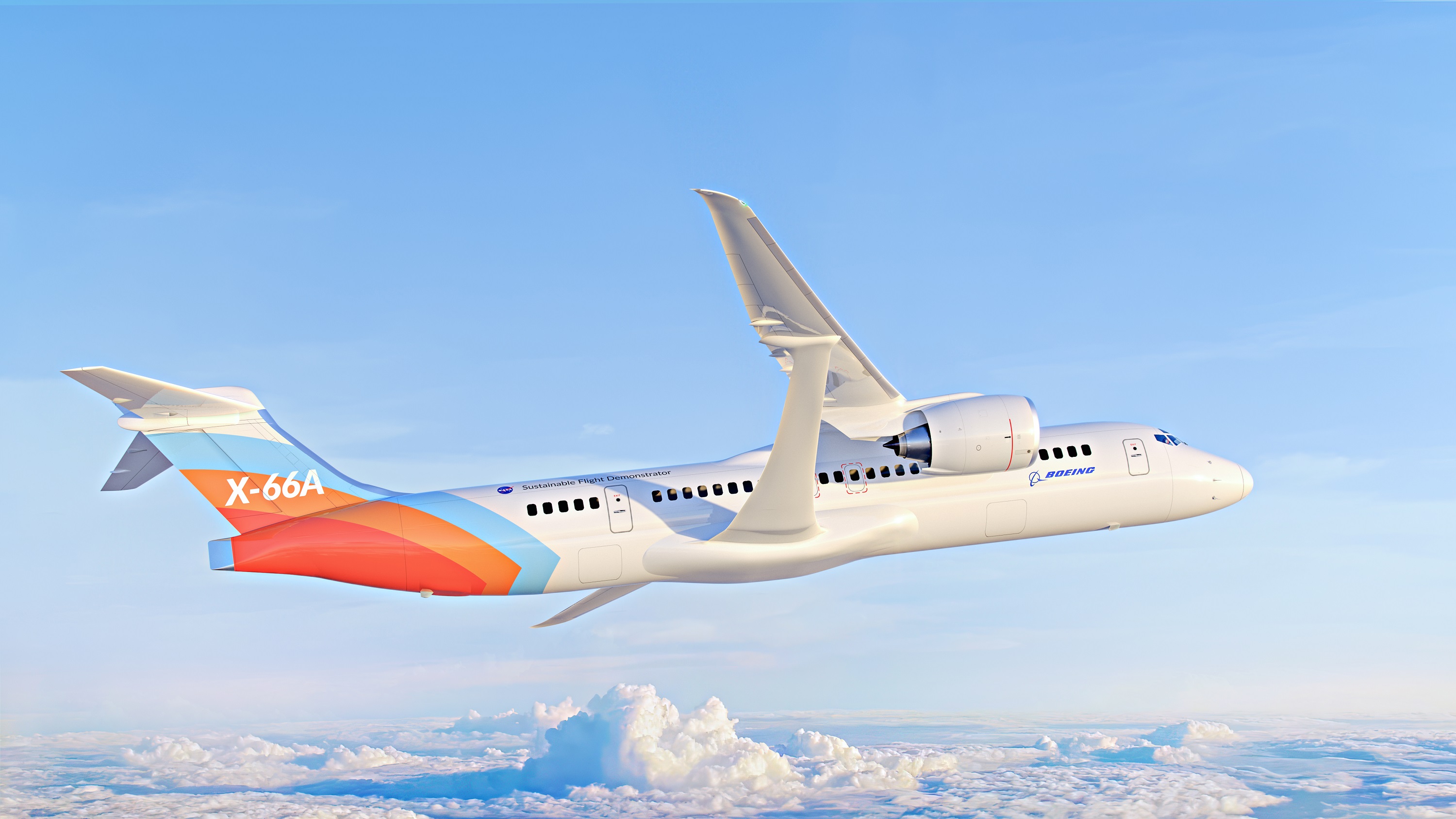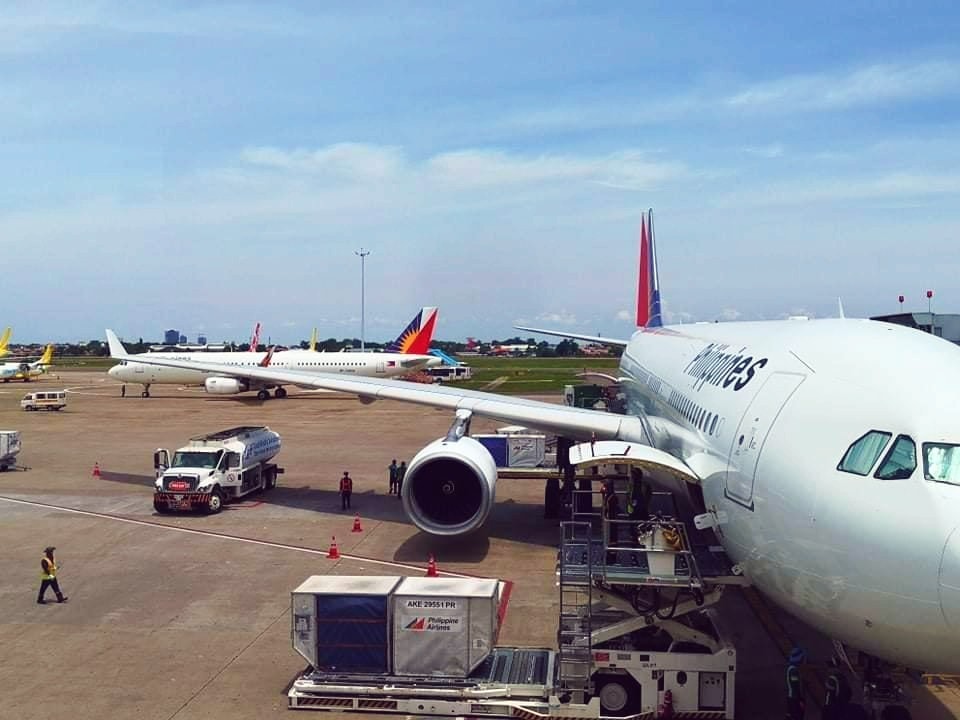
The National Aeronautics and Space Administration (NASA) has partnered with Boeing to modify an MD-90 jet to test the Transonic Truss-Braced Wing (TTBW) configuration as part of NASA’s Sustainable Flight Demonstrator project. The project is focused on developing new technologies to reduce aviation greenhouse gas emissions.
The TTBW design features ultrathin wings braced by struts with larger spans and higher-aspect ratios. This could lead to reductions in fuel use and emissions by up to 30%.
Modification of the MD-90, which will eventually become the X-66A Sustainable Flight Demonstrator, is expected to be completed in 2024. Ground and flight testing will then begin in 2028.
“This marks an important step in the Sustainable Flight Demonstrator project, advances Boeing’s commitment to sustainability and brings us closer to testing and validating the TTBW design,” said Boeing Chief Technology Officer Todd Citron.
NASA’s Sustainable Flight Demonstrator is one of several projects the agency is working on to reduce aviation emissions. Boeing and NASA have collaborated for more than a decade on the concept through the Subsonic Ultra Green Aircraft Research (SUGAR) program.
“We at NASA are excited to be working with Boeing on the X-66A Sustainable Flight Demonstrator making critical contributions to accelerate aviation towards its 2050 net-zero greenhouse gas emission goal,” said Ed Waggoner, deputy associate administrator for programs in the NASA Aeronautics Research Mission Directorate.
The arrival of the MD-90 at Boeing’s facility in Palmdale, California, marks a major milestone for the Sustainable Flight Demonstrator project. The project is a significant step forward in the development of sustainable aviation, and it has the potential to make a major impact on the environment.

























Leave a comment